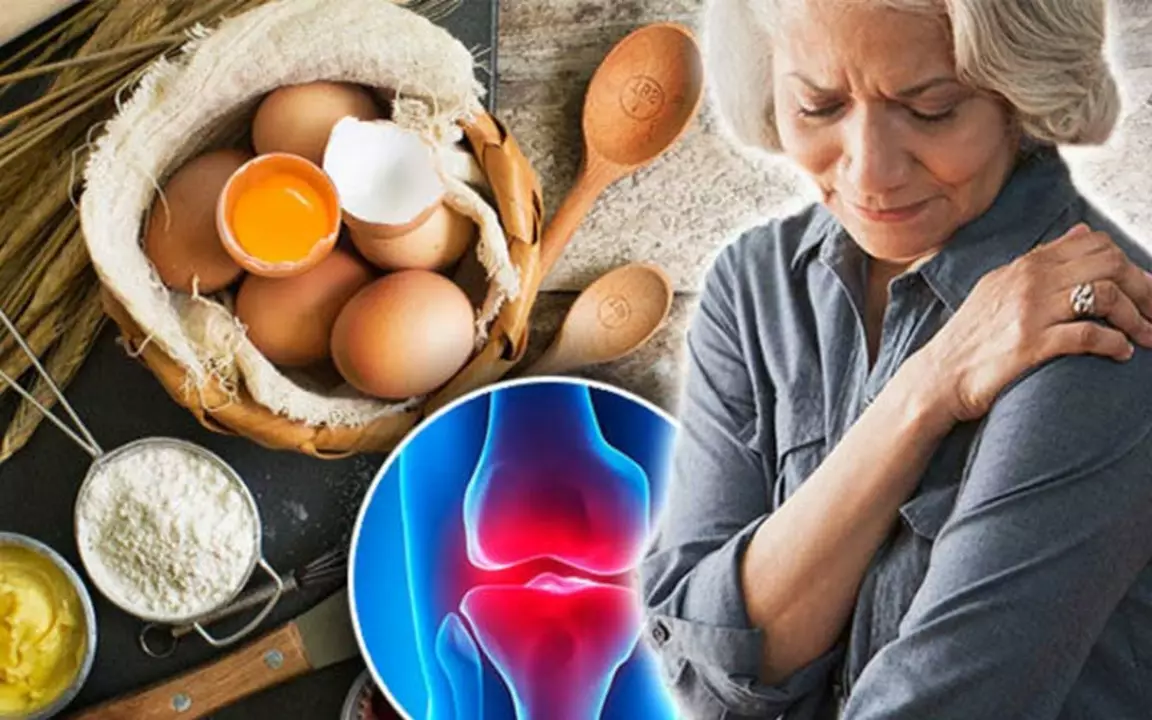Inflammation is behind more chronic diseases than you think — it’s not just pain or swelling. Acute inflammation is your body's rapid response to injury or infection. It usually shows up with warmth, redness, swelling and sharp pain, and it ends once the threat is gone. Chronic inflammation, however, is low-level, long-lasting, and sneaky — it can raise risk for heart disease, diabetes, arthritis and some cancers.
Spotting chronic inflammation early makes a difference. Look for persistent fatigue, unexplained weight changes, ongoing digestive trouble, brain fog, joint stiffness that doesn't match recent activity, and skin issues like rashes. Blood tests such as CRP and ESR can flag inflammation, but symptoms often arrive first. Track what you feel daily for two weeks and share that record with your clinician.
Control starts with simple daily steps. Cut back on processed foods, sugary drinks, and fried snacks — they fuel inflammation. Swap in whole foods: leafy greens, berries, fatty fish, legumes and nuts. Aim for a colorful plate at most meals. Move regularly: 20–30 minutes of brisk walking or light strength work five days a week lowers inflammatory markers. Sleep matters too; target 7–9 hours and try the same bedtime every night.
Targeted supplements can help when used wisely. Omega-3 fish oil, curcumin (turmeric extract), and vitamin D have evidence for reducing inflammation for some people. Start with modest doses, pick reputable brands, and talk to your doctor if you take blood thinners or other meds. Over-the-counter pain relievers like ibuprofen reduce inflammation short term, but they aren’t a long-term fix.
Practical fixes for flare-ups work fast. Cold packs ease swelling and sharp pain after injury; heat relaxes tight muscles and chronic stiffness. Gentle stretching and low-impact exercise, such as swimming or cycling, keep joints moving without adding stress. Hydrate, avoid alcohol during flares, and add anti-inflammatory spices like ginger and turmeric to meals.
When to see a doctor: get help if you have fever with swelling, sudden severe pain, unexplained weight loss, ongoing high fatigue, or symptoms that interfere with daily life. Also see a clinician if you’re taking long-term NSAIDs or frequent steroid courses — those need medical oversight.
Small consistent changes beat dramatic short-term fixes. Start with one habit: swap one sugary drink for water each day, add a 10-minute walk after lunch, or include fatty fish twice a week. Track your progress, and adjust with your healthcare provider.
This is practical, not medical advice. If you have a chronic condition or take regular medications, check with your clinician before changing treatment or starting supplements.
Daily: water, one serving of berries, 20 minute walk. Weekly: two servings of fatty fish, two strength sessions. Monthly: review symptoms, lab work if advised, recheck meds with your clinician.
Need fast relief? Try a 15-minute walk, iced pack for acute swelling, and over-the-counter NSAID only briefly. If pain or swelling worsens, contact emergency services or your clinic right away. You've got this. Really.

In my latest blog post, I've discovered an incredible secret weapon in the fight against inflammation and joint pain: Goutweed! This powerful herb has been used for centuries in traditional medicine and is now gaining recognition in modern times. Goutweed contains potent anti-inflammatory properties which can help alleviate joint pain and improve overall health. I've been amazed by the results I've experienced after incorporating Goutweed into my daily routine. Check out my blog to learn more about this amazing plant and how it can help you in your battle against inflammation and joint pain!
Learn how the FDA's 2025 update to biosimilar approval rules is accelerating access to lower-cost biologic alternatives, why they're not the same as generics, and what this means for patients and providers.
Keratosis pilaris causes rough, bumpy skin on arms and thighs - it's common, harmless, and treatable. Learn proven ways to smooth it with lactic acid, urea, ceramides, and simple daily habits.
A detailed side‑effect, cost and efficacy comparison of Prograf (tacrolimus) with generic tacrolimus, cyclosporine, sirolimus and mycophenolate for transplant patients.
Discover how enzymes prevent cancer, what happens when they're lacking, and practical steps to boost protective enzyme activity for better health.
Patient support groups help people overcome fears about generic medications by sharing real experiences. Learn how these communities improve adherence, reduce costs, and build trust through peer stories backed by science.